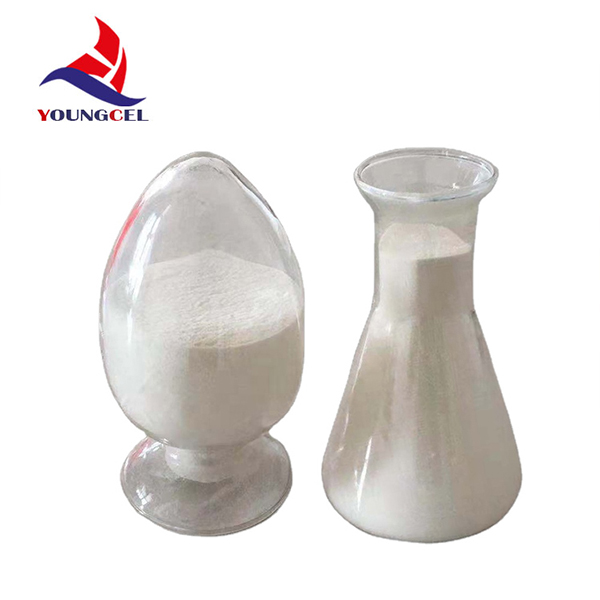Understanding Hypromellose A Multifaceted Compound
Hypromellose, also known as hydroxymethyl cellulose (HPMC), is a semi-synthetic compound derived from cellulose, a natural polymer obtained from plant cell walls. It has gained prominence across various industries due to its unique properties and versatile applications. From pharmaceuticals to food production and beyond, hypromellose serves as an essential ingredient that enhances the functionality of numerous products.
Chemical Structure and Properties
Hypromellose is a modified form of cellulose, where some hydroxyl groups of the cellulose backbone are replaced by hydroxypropyl and methoxy groups. This modification results in a compound that is soluble in water and possesses excellent film-forming and thickening properties. The degree of substitution and molecular weight can be manipulated to create various grades of hypromellose, each tailored for specific applications. Its ability to form gel-like substances when combined with water also supports its use as a stabilizing agent in various formulations.
Pharmaceutical Applications
One of the most significant applications of hypromellose is in the pharmaceutical industry. It is widely used as an excipient in drug formulation, serving multiple functions. For example, hypromellose acts as a binder in tablets, ensuring that the active ingredients adhere together, improving the tablet's integrity. Additionally, it is utilized in controlled-release formulations, allowing for the gradual release of medication over time. Its use in eye care products, such as artificial tears and eye drops, capitalizes on its ability to retain moisture, providing relief for dry and irritated eyes.
Moreover, hypromellose is recognized for its biocompatibility, making it a preferred component in the development of various medical devices and coatings. This property helps in minimizing adverse reactions in patients, thereby increasing the safety profile of pharmaceutical products.
Food Industry Applications
hpmc hypromellose

In the food industry, hypromellose serves as a thickening and stabilizing agent. It is often used in sauces, dressings, and processed foods to enhance texture and mouthfeel. Its emulsifying properties help to maintain product consistency, preventing separation and improving overall quality. Furthermore, hypromellose is a popular choice in gluten-free and low-calorie products, as it can mimic the texture of traditional formulations without the added calories.
Cosmetic Industry Uses
Hypromellose is also prevalent in cosmetic formulations, contributing to the stability and performance of a wide range of products, including lotions, creams, and shampoos. Its film-forming properties allow for extended wear of cosmetics, while its hydrophilic nature helps to maintain moisture, leading to improved skin hydration. As consumers increasingly seek products with natural ingredients, hypromellose provides a plant-derived alternative to synthetic additives.
Environmental Considerations
As a cellulose derivative, hypromellose is considered relatively safe and biodegradable, aligning with the growing demand for environmentally friendly materials. However, the sustainability of its production processes is an area of concern that continues to be evaluated. The industry is steadily moving towards greener methodologies to ensure that the extraction and modification of cellulose do not compromise environmental integrity.
Conclusion
In summary, hypromellose stands out as a valuable compound with a wide spectrum of applications. Its unique properties, such as water solubility, thickening capabilities, and film formation, make it indispensable in pharmaceuticals, food, cosmetics, and beyond. As research and development in areas of sustainability advance, hypromellose is expected to maintain its relevance, catering to consumer needs for effective, safe, and environmentally friendly products. This versatile compound exemplifies the innovative potential found within natural resources and their derivatives, paving the way for future advancements across multiple industries.
-
Premium Detergent Grade HPMC Hydroxypropyl Methylcellulose ThickenerNewsSep.01,2025
-
Premium Detergent Grade HPMC Hydroxypropyl Methylcellulose: Superior Thickening & StabilityNewsAug.31,2025
-
HEC 100000 Hydroxyethylcellulose for Paint | Superior ThickeningNewsAug.30,2025
-
Wall Putty Rdp Powder Packaging DesignNewsAug.29,2025
-
Introduction to Hpmc Hydroxypropyl Methyl CellulosNewsAug.29,2025
-
Hpmc Industri Grade IntegrationNewsAug.29,2025




